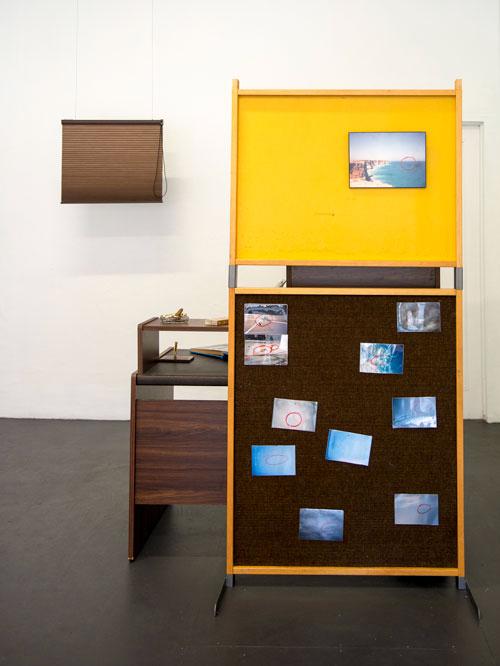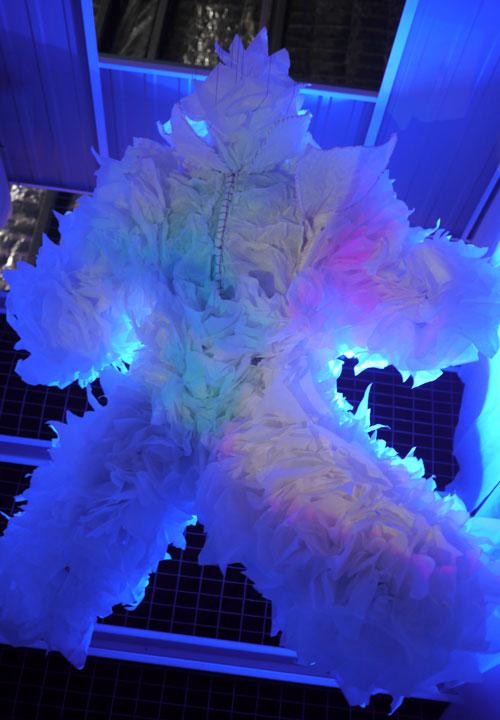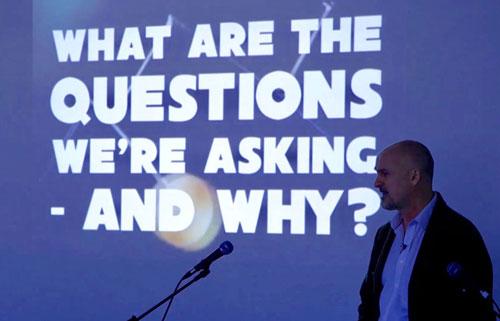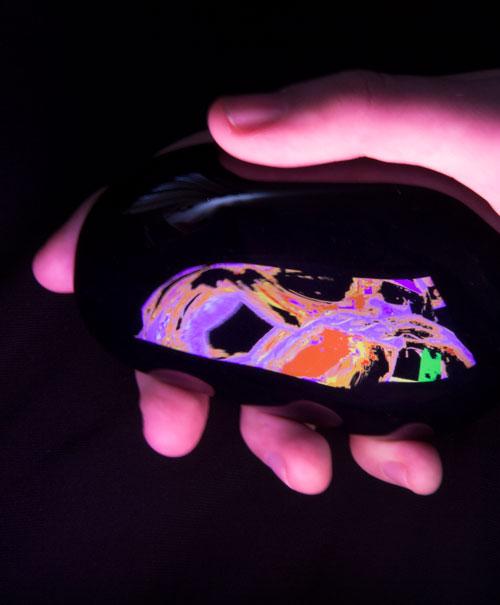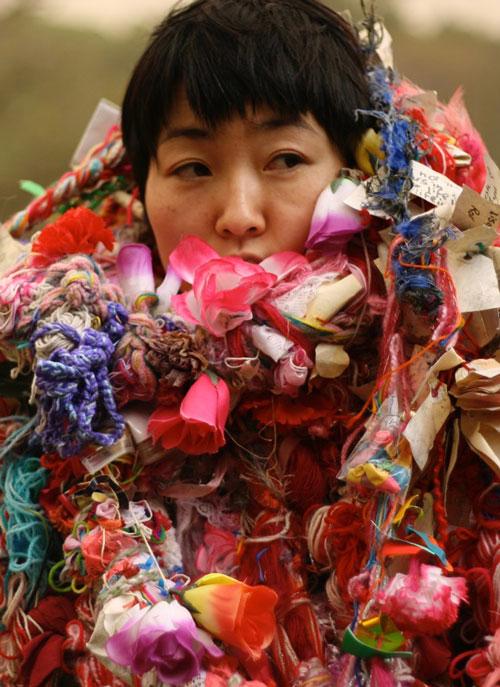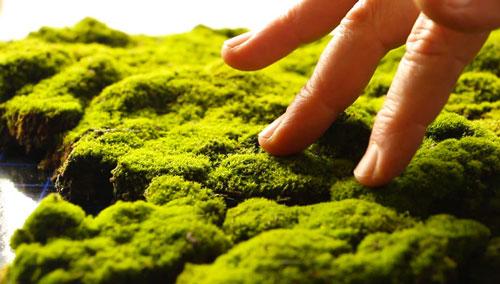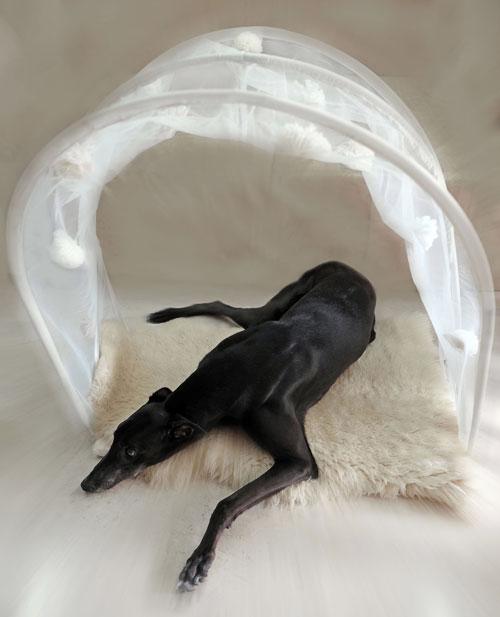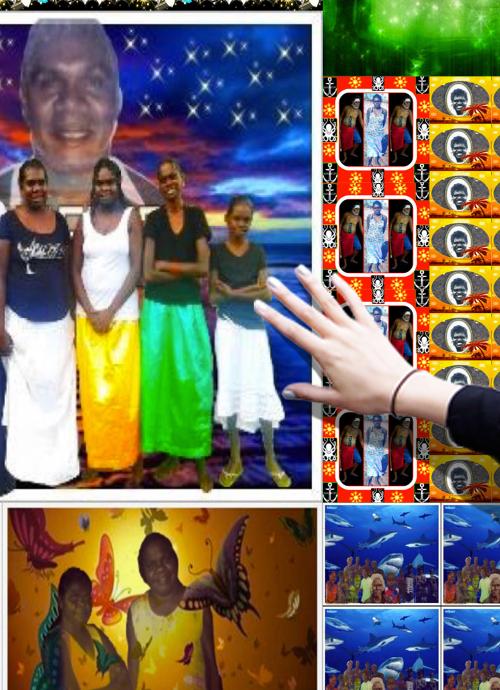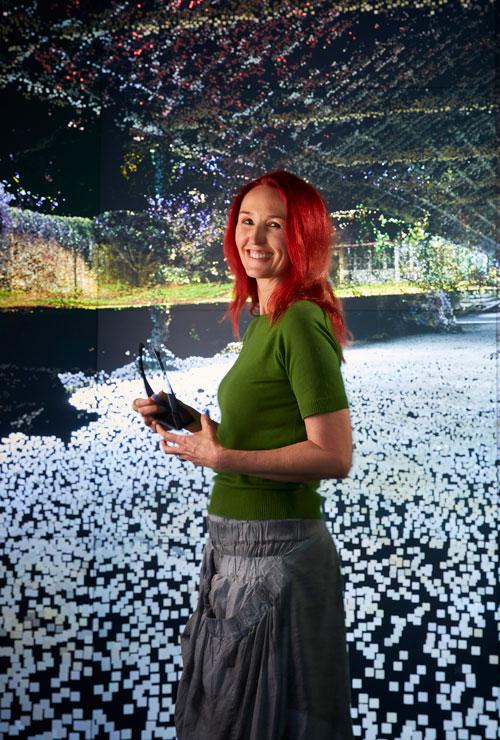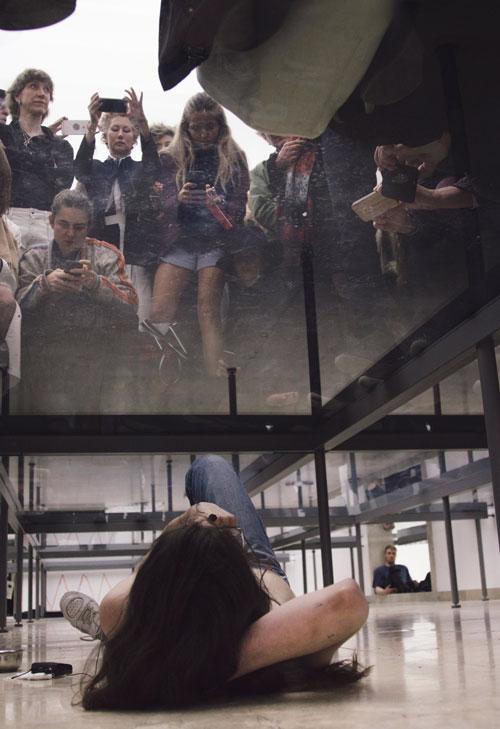The art of dis-ease
I have lifted the title for this essay from Narratives of Dis‑ease (1990), a series of works by the late British photographer Jo Spence. The series was made following the artist’s partial mastectomy for the treatment of breast cancer. Closely‑cropped around her body, the photographs show Spence partially nude, using props and performing emotive gestures, compositions and sight gags that were suggestive of the sub‑titles she ascribed to each individual image: Expunged, Exiled, Included, Excised and Expected.

